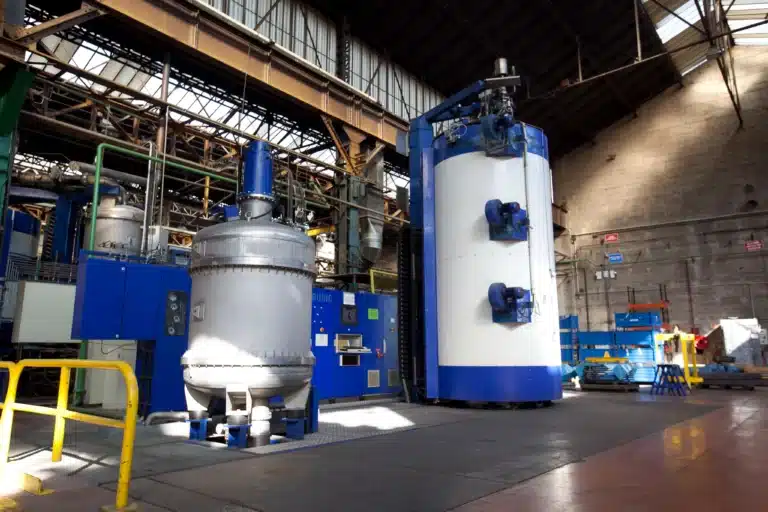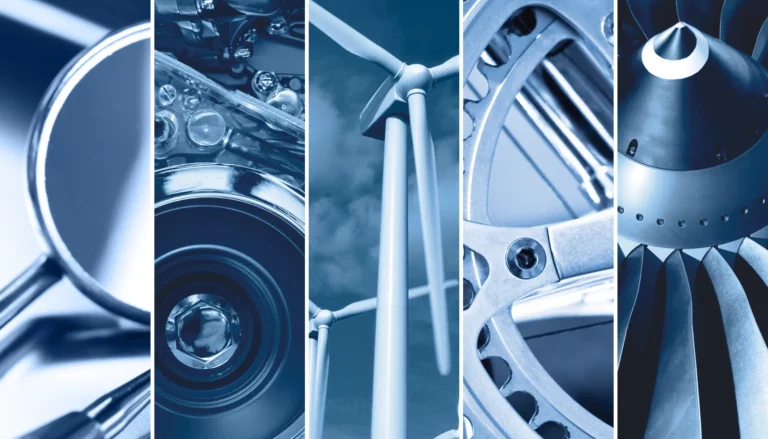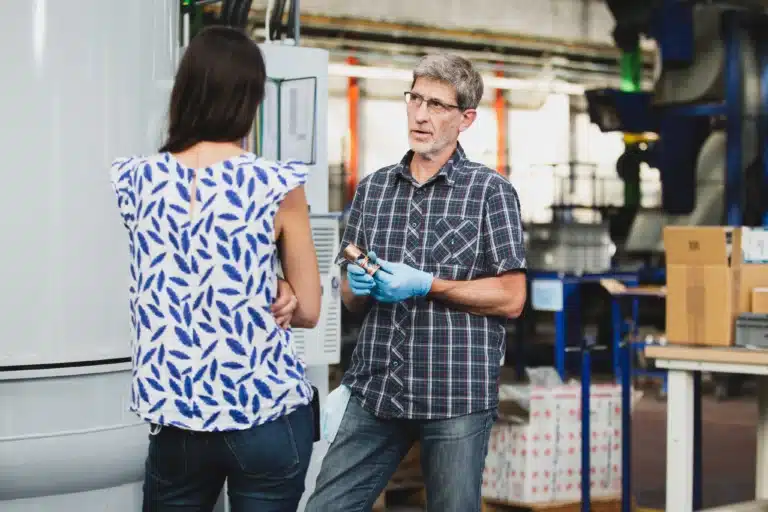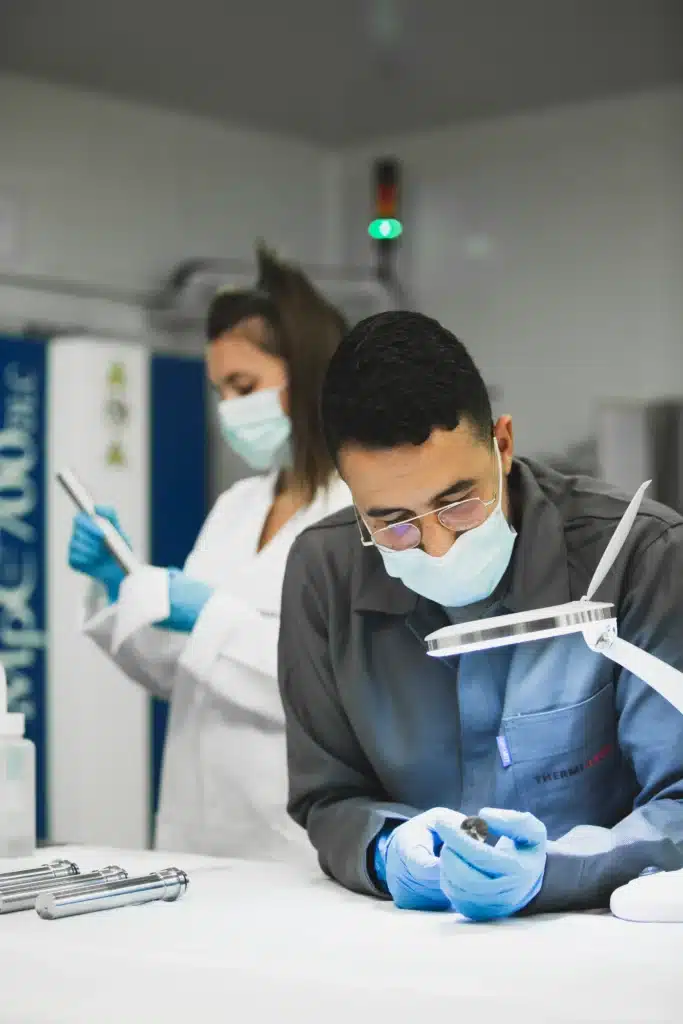Electric cars have profoundly transformed the automotive industry by rethinking traditional mechanical principles. Unlike internal combustion vehicles, which rely on a combustion engine, these vehicles run on an electric motor powered by a battery. This change has led to a major evolution in the design of mechanical components, which must be adapted to the new technical and thermal constraints.
While some classic components such as the wheels and suspension remain similar, others, such as the transmission and cooling system, have been redesigned to maximize energy efficiency and longevity. Understanding the components of an electric car enables us to grasp the technical challenges posed by electric mobility, and measure the industrial stakes involved.
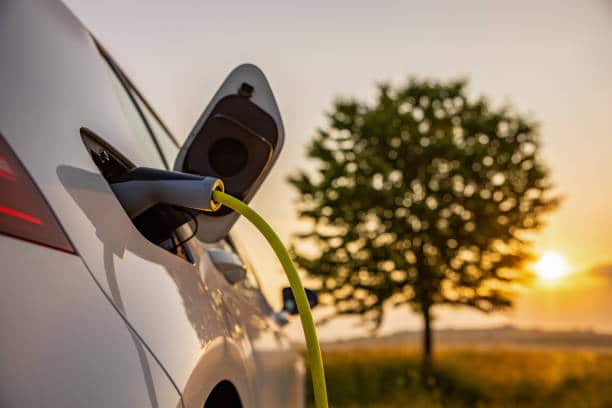
The main components of an electric car
The electric motor: the heart of the system
In an electric car, the motor replaces the internal combustion engine, converting electrical energy into mechanical motion. There are several types of motor, including permanent-magnet synchronous motors , favored for their high efficiency, and asynchronous motors, appreciated for their robustness.
Unlike combustion engines, the components of an electric car do not require fuel or combustion, which reduces energy loss and maintenance. However, they do generate heat due to the electrical currents flowing through the coils and internal friction. Effective thermal management is important to avoid overheating and ensure optimum performance.
Transmission: Matching power to the wheels
One of the major differences between an electric car and a combustion engine car is the absence of a traditional gearbox. Thanks to the characteristics of the electric motor, which immediately delivers high torque, a complex transmission is no longer necessary. Instead, a mechanical gearbox adjusts the motor speed to optimize wheel movement.
The gearbox plays a key role in smooth driving and energy efficiency. The gears used have to withstand high mechanical stress while limiting friction. To achieve this, specific heat treatments are applied to the components of an electric car to increase their strength and extend their service life.
The braking system: energy recovery and safety
Unlike combustion-powered cars, electric vehicles feature regenerative braking. regenerative braking. This system uses the motor to slow down the vehicle while converting kinetic energy into electricity, which is then fed back into the battery. This reduces wear and tear on conventional brakes and improves the vehicle's range.
However, traditional brakes remain essential to ensure safety during emergency braking or when regenerative braking is not sufficient. The components of an electric car are subject to high thermal and mechanical stress, requiring materials capable of withstanding the high temperatures generated during intensive braking.
Here again, thermal and thermochemical treatments can considerably improve the behavior of these materials used for such severe applications.
The cooling and thermal management system
Cooling is a major issue for electric cars, as several components, including the motor, battery and power electronics, need to operate within an optimum temperature range. An efficient cooling systemprevents overheating andimproves component durability.
Various solutions exist, from forced air circulation to liquid cooling using heat transfer fluids. Thermal optimization also involves the choice of materials and their treatment. Some critical parts receive specific heat treatments to increase their resistance to temperature variations and limit thermal expansion.
Axles and suspension: Adapting roadholding
With the added weight of the batteries, electric cars have to contend with a different weight distribution to combustion-powered vehicles. This has a direct impact on axle and suspension design.
The mechanical components of an electric car that support the vehicle's structure need to be reinforced to take the extra loads. The use of heat-treated metal alloys improves rigidity and fatigue resistance, guaranteeing optimum roadholding and enhanced passenger comfort.
Bearings: guaranteeing the longevity of moving parts
Bearings, although often overlooked, are subject to high mechanical stresses, especially when subjected to the instantaneous accelerations typical of electric motors.
Friction and wear are major challenges to overcome to ensure system durability. By applying heat and surface treatments, these parts can be strengthened, their friction coefficient reduced and their long-term performance optimized.
The impact of heat treatment on the performance of mechanical components
Electric vehicles require materials with enhanced mechanical strength to withstand repeated stress and thermal variations. This is where heat treatments canimprove the hardness of steels and alloys used for gears, bearings and drive shafts, while limiting wear.
In the automotive industry, hardening, nitriding and carburizing processes are widely used to extend the service life of critical parts. For certain components subject to wear and seizure, vacuum deposition solutions are also used. These technologies, mastered by specialized players such as the Thermilyon Group, offer high-performance solutions tailored to the specific needs of electric cars.
The transition to electromobility means that mechanical components must evolve to meet performance, safety and durability requirements. The integration of innovative transmission, braking and thermal management solutions contributes to improved energy efficiency and driving comfort.
Thanks to these technologies, mechanical components gain in robustness and reliability, enabling electric vehicles to meet market expectations in terms of durability and performance. The future of automotive mechanics lies in the continuous optimization of materials and manufacturing processes, guaranteeing ever more efficient and sustainable mobility.
